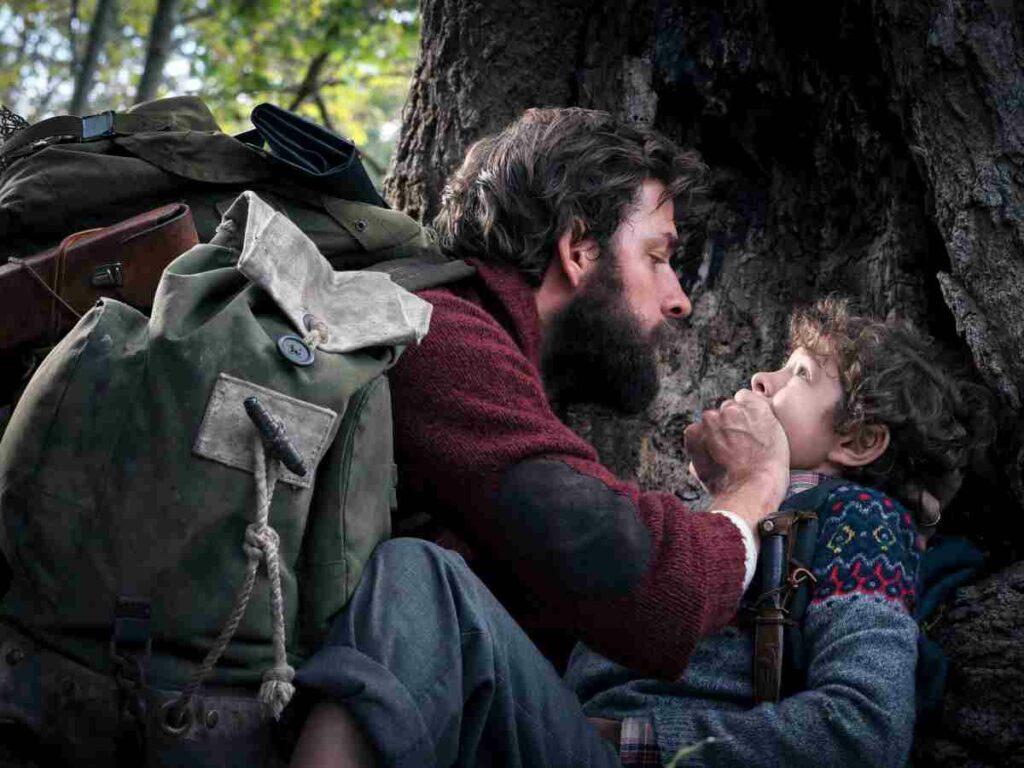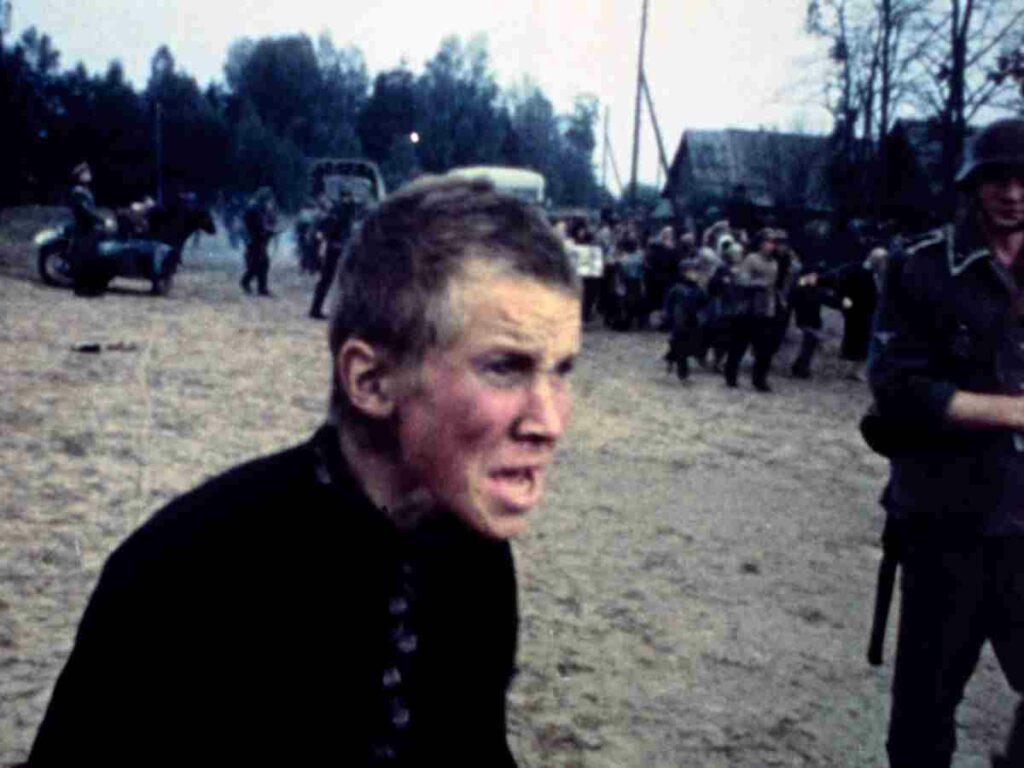“I have always credited the writer of the original material above the title: Mario Puzo’s The Godfather, Bram Stoker’s Dracula, or John Grisham’s The Rainmaker. I felt that I didn’t have the right to Francis Coppola’s anything unless I had written the story and the screenplay.” — Francis Ford Coppola
We can endlessly debate and still not have plausible answers to whose film is it anyway — the writer’s or the director’s? But there’s no denying that a great script precedes a great film. Before the dazzling lure of lights, camera and action comes the barely enough credited ‘story,’ one that forms the cornerstone of a good film. So how do you nail a script that translates your vision onto film? Flickside reached out to the experts themselves to share their experiences on what makes a compelling screenplay. Read on to learn from the pros:
WATCH: How To Write Great Dialogue
1. “Experiment with newer ways of telling a story”
I think the one thing that sets apart a successful and a struggling writer is confidence. Someone who has already tried something and succeeded in that will always have a lot more confidence than someone new. It’s the experience that brings in the confidence. However this can work the other way round as well. Sometimes experience keeps you away from trying new things, which can create hindrances for a successful writer. But a struggling or new writer has nothing to lose, so it is always easier for them to venture into new territories without any qualms. To give you an example, we jumped into making a horror film (Pari) at a time when the genre was really going through a down phase. Abhishek (Banerjee) and I, both strugglers then, didn’t think much and jumped into it because that’s the kind of film we ourselves would love to watch.
So, don’t shy away from taking risks. There is no fun in doing the same thing again and again. Try out newer ways of telling the story, newer genres, newer structures, languages. One advice I follow deeply is from Mr. Nolan himself: “Write what you want to see because if you don’t, you won’t have any true passion in it, and it won’t be done with any true artistry”.
— Prosit Roy (Pari, Paatal Lok)
2. “The first round of dialogue writing should be very true to the script”
There are two ways to look at it. One is observation. You first need to get the mileau right. I could give you examples of Dum Laga Ke Haisha or Ankhon Dekhi. Or even Shoojit Sircar’s films. If you get the mileau right, I think a lot of your dialogues and inherent humour comes from there. Secondly, make it cinematic. So there have to be some dialogues which have to be punchier, like when you want to make a statement about something, which Anurag (Kashyap) is a veteran at.
The first round of dialogue writing should be very true to the script, very true to the character and don’t worry about it being cinematic. Make it very colloquial and very real, and then when you do your second round of dialogue writing, that is when you need to bring in the punch, dialogues that have an impact. The most difficult part of dialogue writing I feel is the humor and that I think has a lot also to do with the performances of your actors.”
— Raj Singh Chaudhary (Gulaal, No Smoking, Shaadisthan)
3. “A compelling screenplay is a road map of the character in transformation”
“A lot of mainstream movies I see set up characters in the first act. That’s never worked for me. I want the audience to discover who these characters truly are, only by the end of the film. So for me, character is not just who they say they are but also what they do since, often there’s a difference between what people say and what people do. Without witnessing the overall journey of the character, we really wouldn’t understand the true character.
A compelling screenplay, hence, is a road map of the character in transformation. Or rather the making of a character. Hence, not only should the screenplay take a character from say, point A to Point Z but every milestone along the journey, every scene, should take us to a distinctly different journey, say, from A to B, B to C and so on to Y to Z.
The combined journeys of characters in conflict navigating and negotiating the crises they find themselves in is what I find fulfilling when I watch a film and what I strive to achieve.
The Trial of Chicago 7 is a classic example of how to design character arcs — what are they introduced as. At the beginning we see Abbie Hoffman as an irreverent rule breaker and ball buster of the gang and Tom Hayden as the responsible mature voice of the dissent — polar opposites with the others representing the shades between the two. As the film progresses, we witness the unravelling of their true character and we discover that the journeys of Abbie and Tom have taken them to understand and get to the opposite side of the spectrum. There’s nothing more fascinating to watch than two conflicting ideas face off, collide and transform each other.
Closer home, Sandeep aur Pinky Faraar is a great example of character journeys taking us from point to point, milestone to milestone to the point of complete transformation at the end where the types we were introduced to at the beginning of the film have been turned on the head and undergone a complete role reversal.”
— Sudhish Kamath (Good Night Good Morning, X: Past Is Present)
4. “Let the audience add up two plus two”
The oft-quoted, classic rule of screenwriting. Give the audience a little bit of information instead of telling them everything up front in every scene. That’s a simple way of building up tension. As human beings, we all have a basic desire to know everything. Tease their curiosity by letting out information bit by bit, little by little, and holding back some crucial information smartly. Cinema is a visual medium after all. Use it to ‘show’ these little details and bits of information, rather than have your characters spell out everything. It will go a long way in holding your viewers’ interest. Remember the legendary Ernst Lubitsch’s advice: Let the audience add up two plus two. They’ll love you forever.”
— Sandeep Mohan (Shreelancer, Hola Venky, Love-Wrinkle Free)
5. “Submit your script to labs, development funds”
Funding for independent films in India is still very challenging and scarce. Though a lot of films are being made with private equity, it will always help to raise some soft funds through film markets and labs. In that regard, script labs, screenwriting workshops and script development funds really help indie films and filmmakers garner visibility for their projects, even at the stage of financing and development. Major festivals like Sundance, Rotterdam, Busan have script development funds and script labs. Even Film Bazaar NFDC has a script lab.
They are very competitive and tough to get selected, but once you get chosen, they will really go a long way to help you and your films get to the finishing line. But selection to these labs and funds depend on a range of factors including your past works, the prospective appeal of your story and screenplay to a global audience, as seen through the prism of the perspectives of the film festivals etc. I would encourage all indie filmmakers to try their luck with these funds and labs. It could be a potential gateway into the world of international co productions, collaborations and film festival selections for independent, art house films.
— Vijay Jayapal (Revelations, Nirvana Inn)




